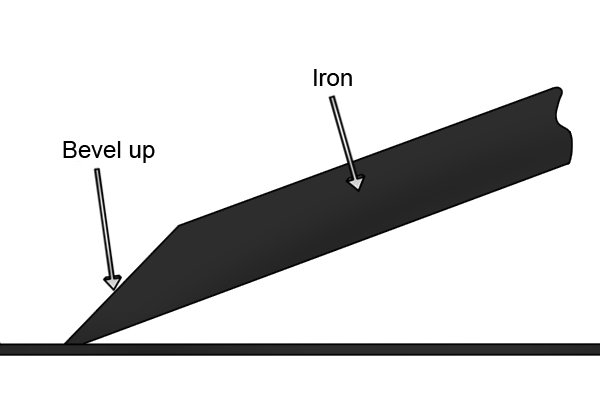
Glossary Wood planers
Content
If you are new to woodworking or using hand planers, then you may have questions about some commonly used terms. At Wonkee Donkee, we've put together a glossary of all wood planers to make your life easier! | ||
Skos | ||
| Inclined cutting edge of a manual planer. Can also refer to the result of chamfering a corner of a piece of wood - a 45-degree cut where the sharp edge is removed from the corner. | ||
bevel down | ||
 | Planers whose irons are set with the beveled edge down to the wood being planed are known as bevel-down planers. | |
bevel up | ||
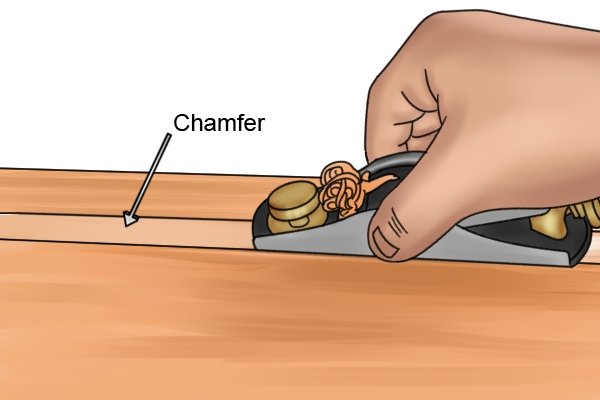 | Planers whose irons are set with the beveled edge up, away from the wood being cut, are known as bevel-up planers. | |
Convex | ||
 | A curved hand planer is an iron with a curved cutting edge and is preferred for certain types of planing work, such as when initially reducing the thickness of a piece of wood. | |
chamfer | ||
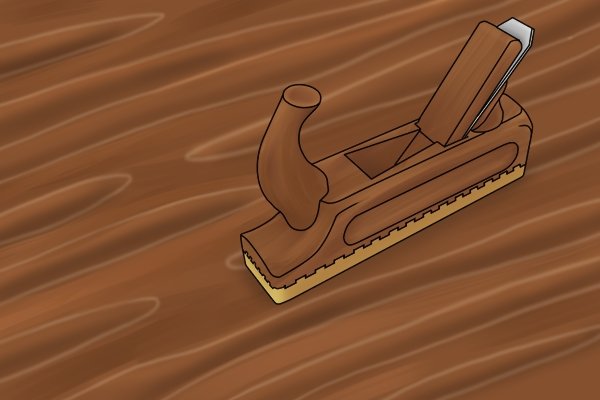 | A narrow, angled edge made at the corner of a piece of wood, usually at a 45 degree angle, although the angle can vary. Most planes can be chamfered, but this is often done with a small flat block. | |
Nut | ||
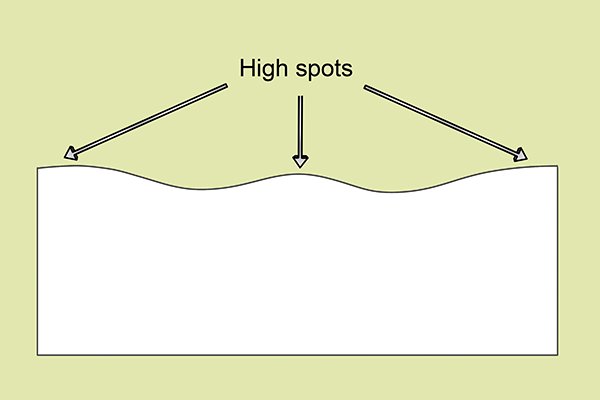 | A groove or channel cut across the grain of the wood. Dado is often made in cabinet racks so that shelves can be inserted into them. (See also groovebelow). | |
hard grain | ||
 | A "difficult" grain is when the grains change direction repeatedly along the length of the wood, making it difficult to plan without pulling the wood off at one or more points. | |
flattening | ||
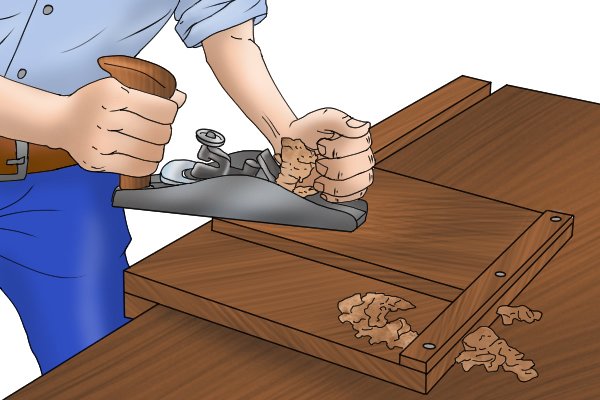 | Leveling is the leveling or straightening of a piece of wood and is best done with a long planer such as a planer or planer. Leveling also refers to two procedures that can be performed on aircraft parts. This leveling - sometimes called lapping - of the sole to ensure perfectly even results; and flattening the back of the plane's iron so that it sits perfectly flat on the bottom of the plane. | |
gouging | ||
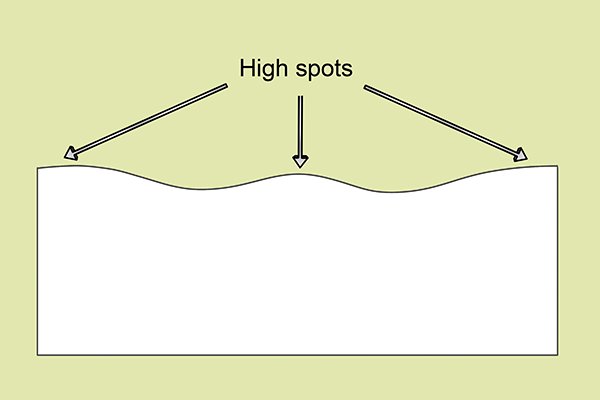 | The curved cutting edges produce a gouging action that leaves a distinct pattern on the wood when pressed. The recesses can then be smoothed out with a planer or left for a decorative effect of antiquity. | |
groove | ||
 | A groove is a channel cut into wood, usually when joining two pieces. The groove is cut along the wood fibers with a slotting or plow planer. (See also Nut, above). | |
high places | ||
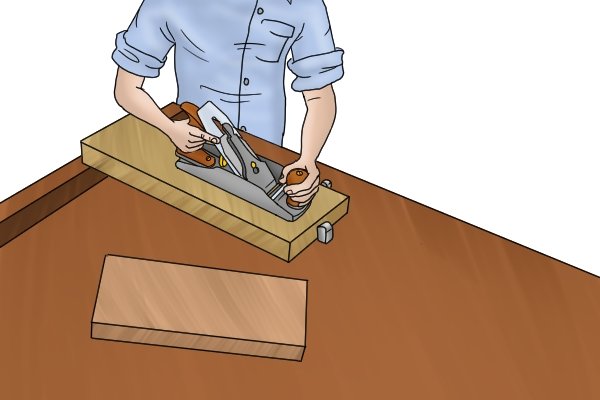 | Higher areas of the surface of a piece of wood, which are first turned with a long planer, such as a jointer. Shorter planers tend to follow any irregularities in the wood, so they are not as effective at removing ridges. | |
honingovanie | ||
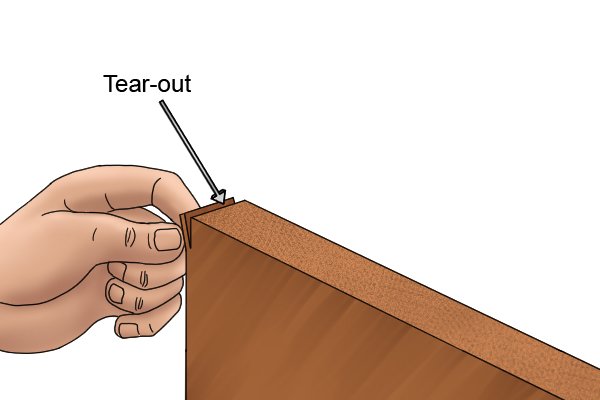 | Honing is just sharpening, in this case, sharpening a planer. | |
Docking | ||
 | Joining is cutting a perfectly straight, perpendicular edge on a piece of wood, often before joining that edge to another perfectly straight edge. Countertops are often made by joining several parts in this way. | |
Lapping | ||
 | Lapping the sole of a planer or planer is the process of making it even by repeatedly rubbing the sole or back of the iron with a piece of sandpaper or a grit stone. When using sandpaper, it should be adhered to a perfectly flat surface such as sheet glass or granite tiles. | |
Leveling | ||
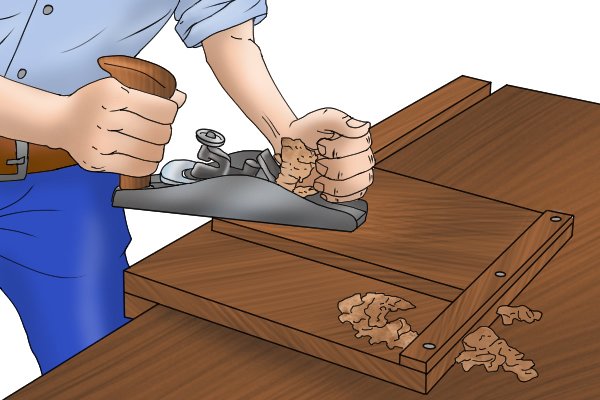 | Leveling a piece of wood is the same as leveling it - removing the high points until the low points are reached and the side or surface of the piece is perfectly flat. | |
low angle | ||
 | In low-angle aircraft, the irons are fixed at an angle of only 12 degrees to the sole of the aircraft. However, since irons are beveled upwards in these planes, the bevel angle must be added to the angle of the iron to get a total cutting angle, which is typically around 37 degrees. | |
low places | ||
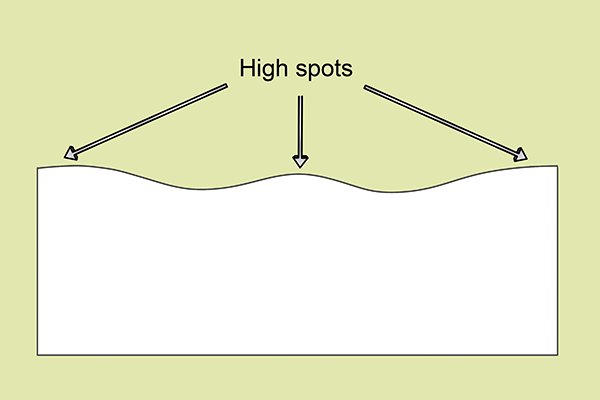 | The opposite of high points (see above). | |
Discount | ||
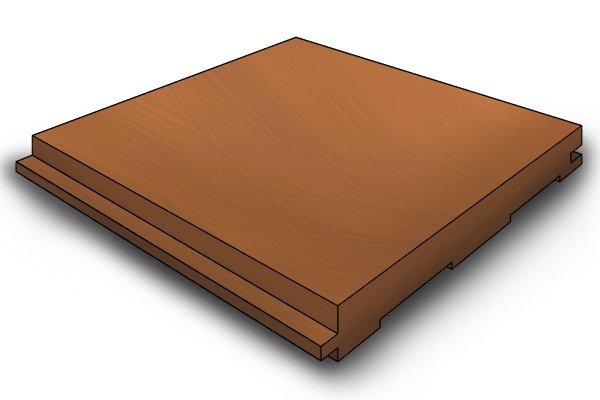 | A fold is a recess or step cut into the side and edge of a piece of wood. A range of folding planes are available for cutting these shapes. | |
reduction | ||
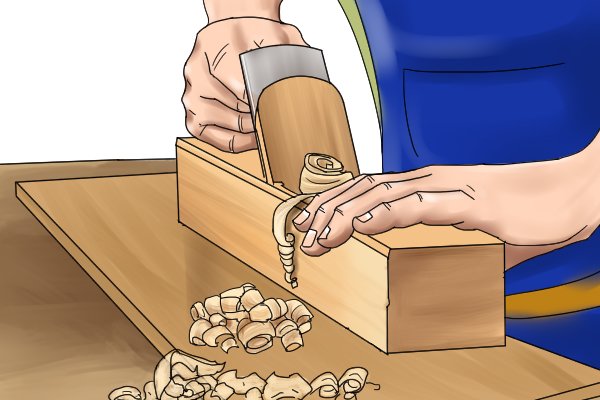 | Planing waste from a piece of wood to make it the desired size. | |
Calibration | ||
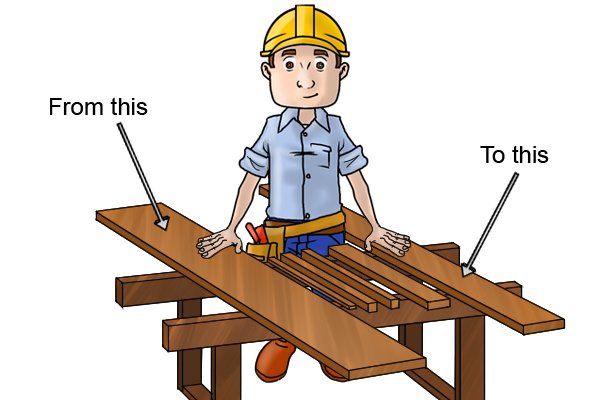 | Similar to downsizing, it is the planing of a piece of wood to the desired size. | |
Smoothing | ||
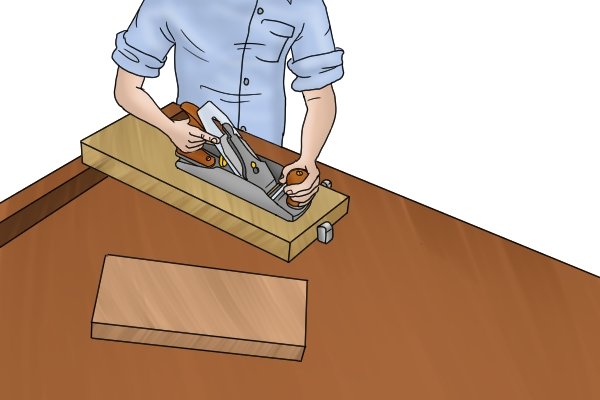 | Typically the final planing of a piece of wood, smoothing gives the surface a silky smooth finish that is preferable to sandpapering. Sandpaper tends to scratch and erode the grain. | |
Tear out | ||
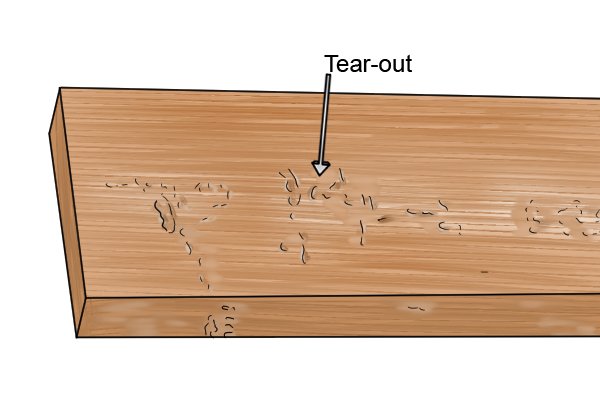 | Pulling out is the tearing of wood from the planed surface, and not its clean cut. Causes include planing against the grain, a dull cutting edge, and a planer mouth that is too wide. | |
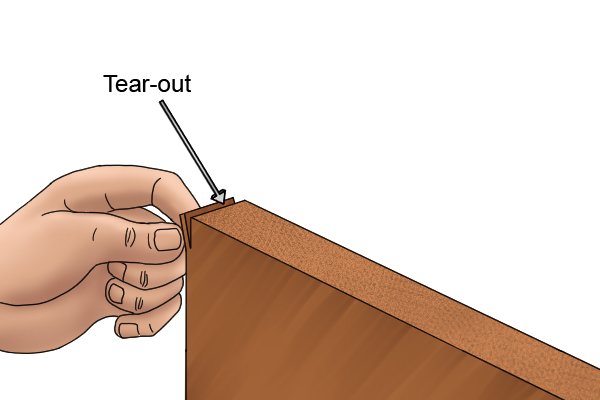 | Breakout, sometimes referred to as breakout, can also occur when planing endgrains at the end of the stroke when the blade passes over the far edge of the wood. See Planes and grains, Rupture Prevention for details on how to prevent this. | |
Thickening | ||
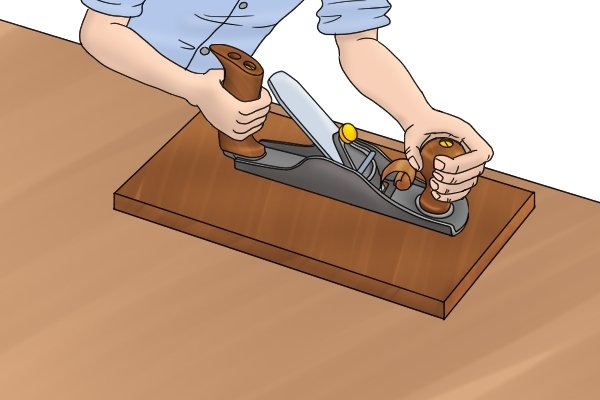 | Reducing the thickness of a piece of wood with a hand planer or electric planer. | |
Shock | ||
 | The force with which the planer is pressed against the workpiece during the working stroke. | |
Correction | ||
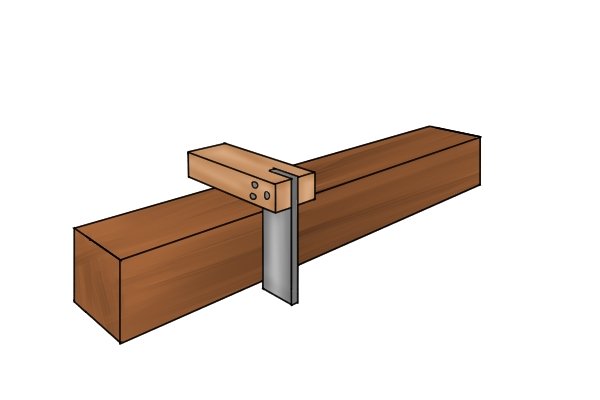 | A planing of the edges, edges, and ends of a piece of wood such that each edge and edge is perpendicular or "true" to its neighbors. | |

